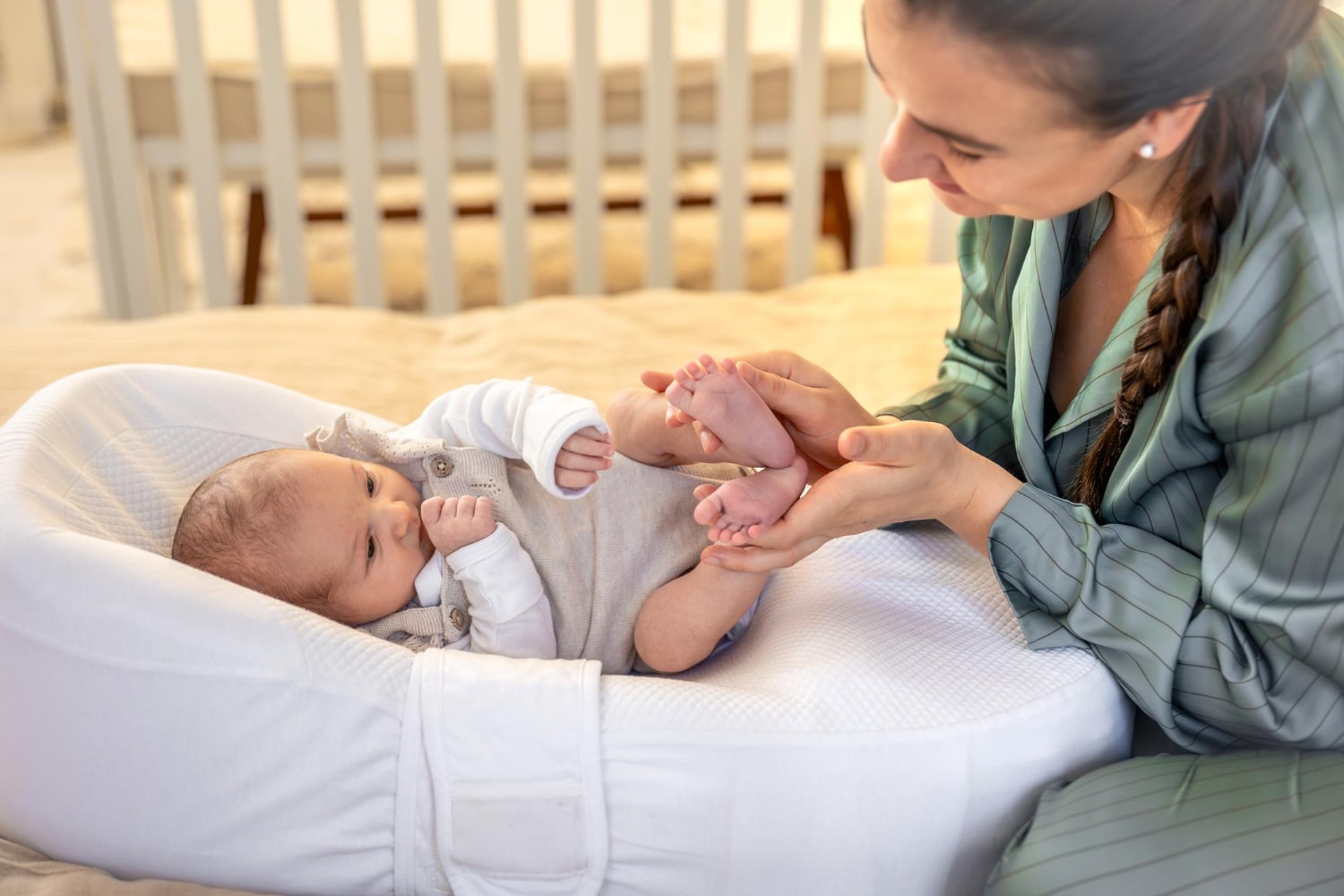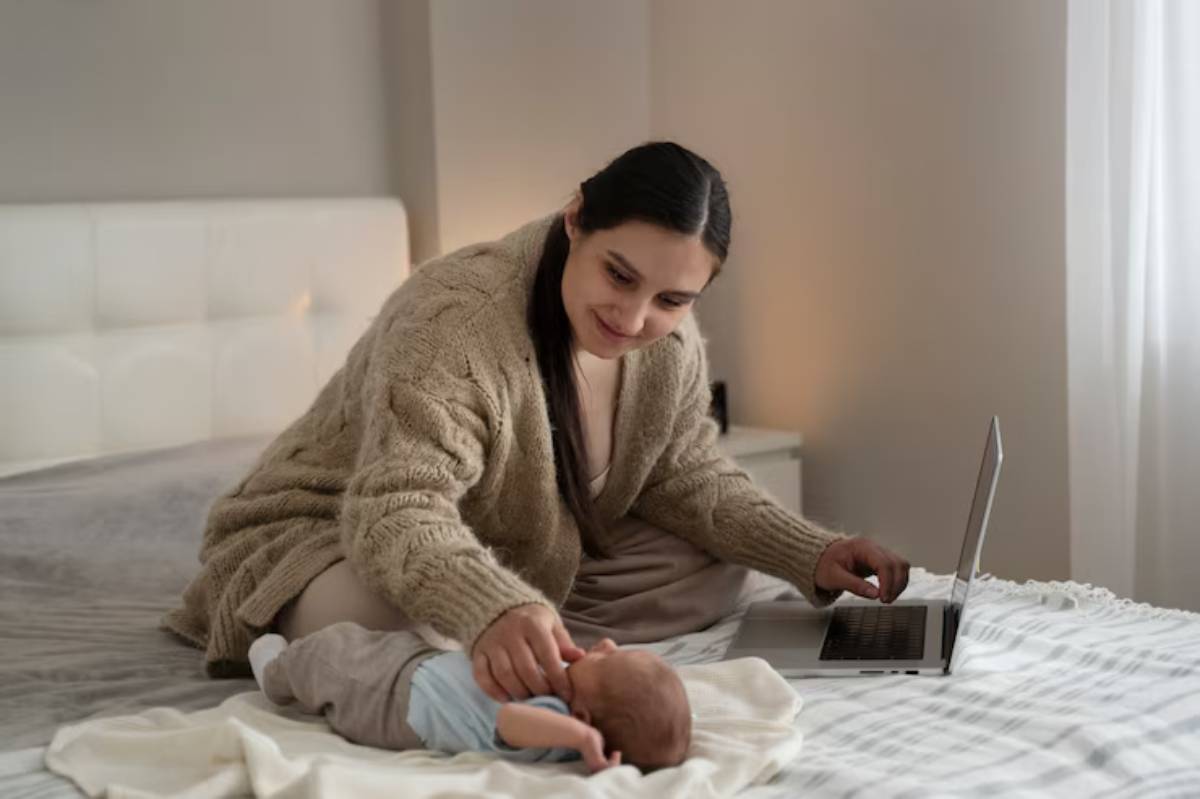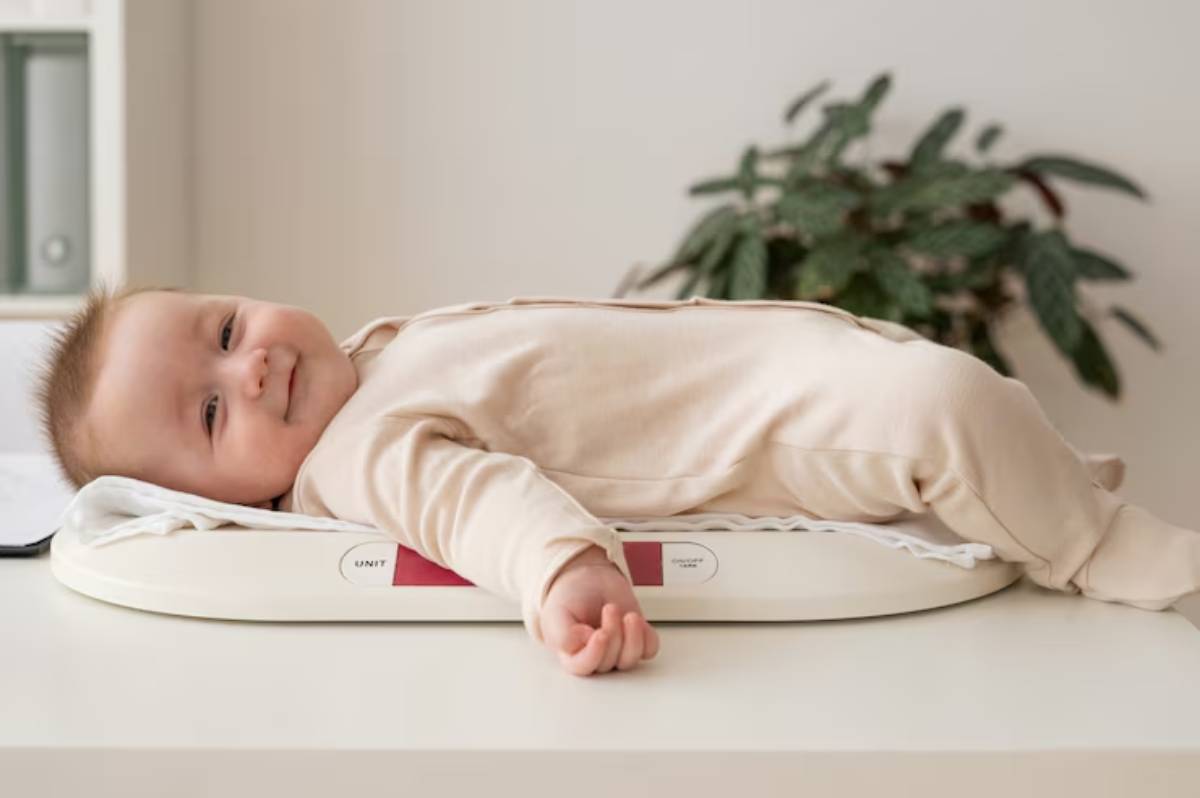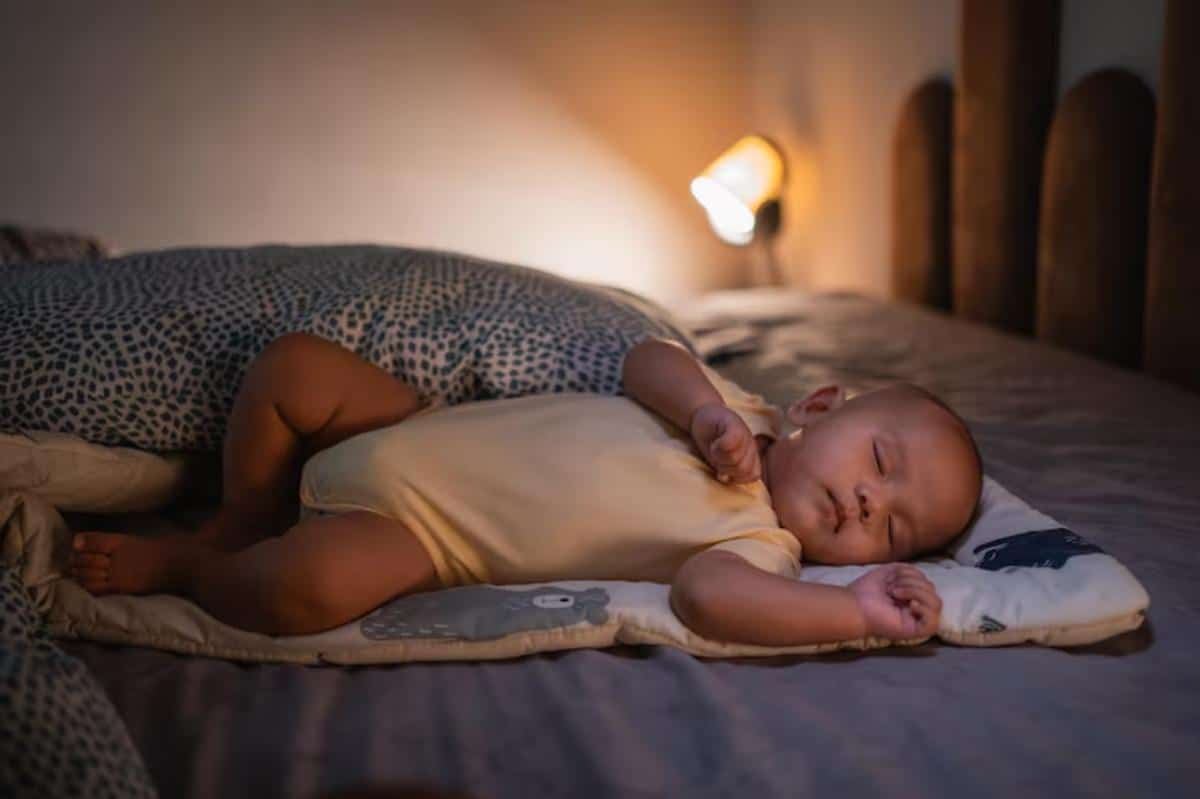
Blackout Curtains, White Noise & More: Tools for Better Baby Sleep
If you’ve ever tiptoed out of the nursery only to hear your baby stir seconds later, you’re not alone. Getting your baby to sleep — and keeping them asleep — can feel like solving a mystery. But it’s not always about sleep training or feeding routines. Sometimes, it’s the environment doing the heavy lifting.
A restful environment is more than just a cot and a lullaby. Thoughtfully chosen baby sleep aids like white noise for infants, blackout curtains, and room adjustments can help signal that it’s time to wind down, making sleep come more naturally.
In this article, we’ll explore tools that support better sleep, backed by research and real-world experience. You’ll discover how small adjustments to your baby’s space can help you build a calmer, more predictable bedtime — and maybe even earn yourself an extra hour of rest.
Why Baby Sleep Aids Matter
The Science Behind Sensory Cues
Babies are born without fully developed circadian rhythms. In the first few months, their brains rely heavily on external sensory cues to distinguish day from night and awake time from sleep. Light, noise, touch, and temperature all play a part in shaping their understanding of when to rest.
That’s where sleep aids come in. These tools act as gentle nudges to help your baby’s body and brain settle down, especially during nap transitions, regressions, or in stimulating home environments.
The Role of Blackout Curtains in Baby Sleep
Light and Melatonin Production
Light exposure suppresses melatonin, the hormone that signals the body to sleep. A brightly lit nursery during nap time can prevent your baby from winding down, even if they’re overtired. Blackout curtains block out light to simulate nighttime, helping your baby fall asleep faster and stay asleep longer.
Key Benefits
- Encourages longer, deeper naps
- Supports earlier and more consistent bedtimes
- Useful during summer months or if your baby sleeps in a bright room
- Helps reduce early morning wakings caused by sunrise
What to Look For
Choose blackout curtains that are:
- Easy to install (especially if you’re renting)
- Made from thermal or layered fabric
- Free from harsh chemical smells
- Adjustable to fit different window sizes
Using blackout curtains regularly can help reinforce the difference between day and night, especially when paired with a consistent bedtime routine. If you’re creating a full nursery setup, read our guide to setting up the ideal sleep environment for your newborn.
White Noise for Infants: What the Research Says
Why White Noise Works
In the womb, your baby was surrounded by constant, muffled sounds — your heartbeat, digestion, and voice. After birth, the quiet of a modern home can feel unnervingly silent. That’s why white noise helps — it mimics the consistent hum they’re used to.
According to a study published in the Archives of Disease in Childhood, 80% of newborns exposed to white noise fell asleep within five minutes, compared to just 25% without it.
How It Helps
- Masks household sounds like talking, doors closing, or pets
- Smooths transitions between light sleep cycles
- Offers a predictable sensory signal for sleep
Best Practices
- Use continuous white noise (not one that shuts off automatically)
- Keep the volume low — similar to a soft shower
- Place the machine away from the cot, at least 2 metres distance
Avoid high-pitched or melodic sounds that may stimulate instead of soothe. Choose plain white or pink noise (a softer variation), rather than birdsong or waves crashing.
Other Tools That Support Baby Sleep
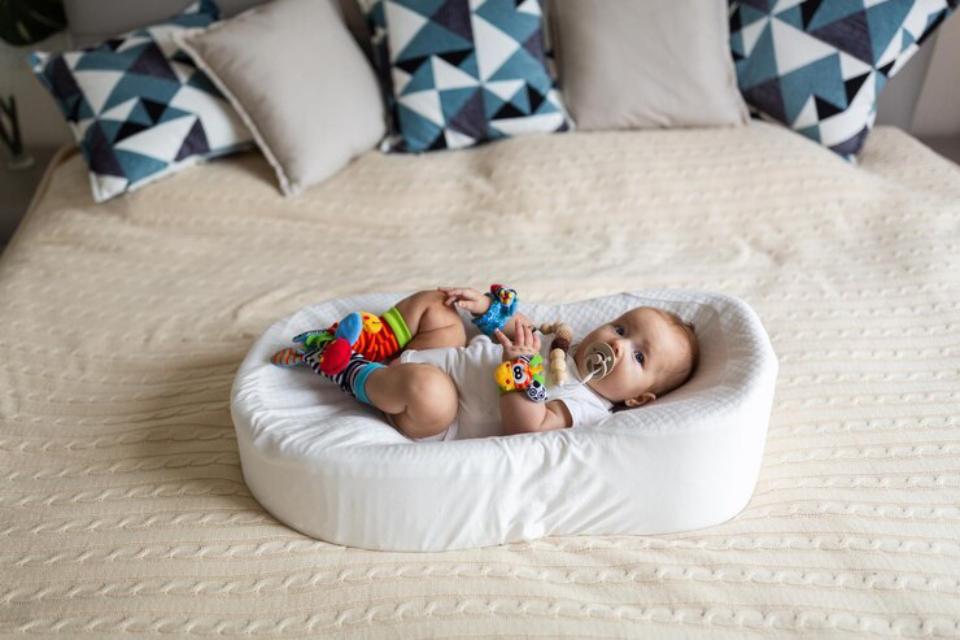
Humidifiers
Especially useful during dry seasons or in air-conditioned rooms.
Humidifiers can:
- Prevent dry nasal passages
- Support easier breathing
- Reduce night-time congestion
Ensure they’re regularly cleaned to prevent mould or bacteria buildup.
Room Thermometers
Overheating is a known risk factor for SIDS. A room thermometer helps ensure your baby’s sleep space stays within the recommended 16–20°C range. Many baby monitors now include temperature sensors, making it easy to track.
Sleep Sacks
A safer alternative to loose blankets, sleep sacks keep babies warm without increasing suffocation risk.
Look for tog-rated options based on room temperature:
- 0.5 tog: Warm weather
- 1.0 tog: Spring/autumn
- 2.5 tog: Winter
Choose a size that allows free hip movement to promote healthy joint development.
Do Sleep Aids Replace Routines?
Not Quite — But They Help
Sleep tools work best when paired with consistent, calming routines. They’re not a magic fix, but they do create a familiar, low-stimulation environment that encourages rest.
For example, a dimmed room with white noise and a familiar sleep sack tells your baby: “It’s time for sleep now.”
Over time, these associations reduce fussiness and shorten settling time.
Still figuring out your routine? Our guide on creating a consistent bedtime routine for newborns offers practical steps to start.
A Real Parent Experience: Zara’s Story
Zara, a mum of two, struggled to get her second baby, Noah, to nap during the day. Despite being visibly tired, he would fight sleep unless held and rocked.
After speaking with a sleep consultant, Zara installed blackout curtains and introduced a white noise machine in his room. Within a week, Noah began settling in his cot during the day — something that hadn’t worked before.
“The difference was almost immediate,” she said. “He knew it was nap time as soon as we walked into the room. It just felt calmer.”
This small shift in environment had a big impact on the family’s sleep and daily routine.
What to Avoid When Using Sleep Aids
Overreliance
If your baby can’t sleep without a certain sound, product, or item, it can become a sleep association — something they rely on to fall or stay asleep. This isn’t always a problem, but it’s best to choose associations you’re willing to maintain for months or even years.
Unsafe Gadgets
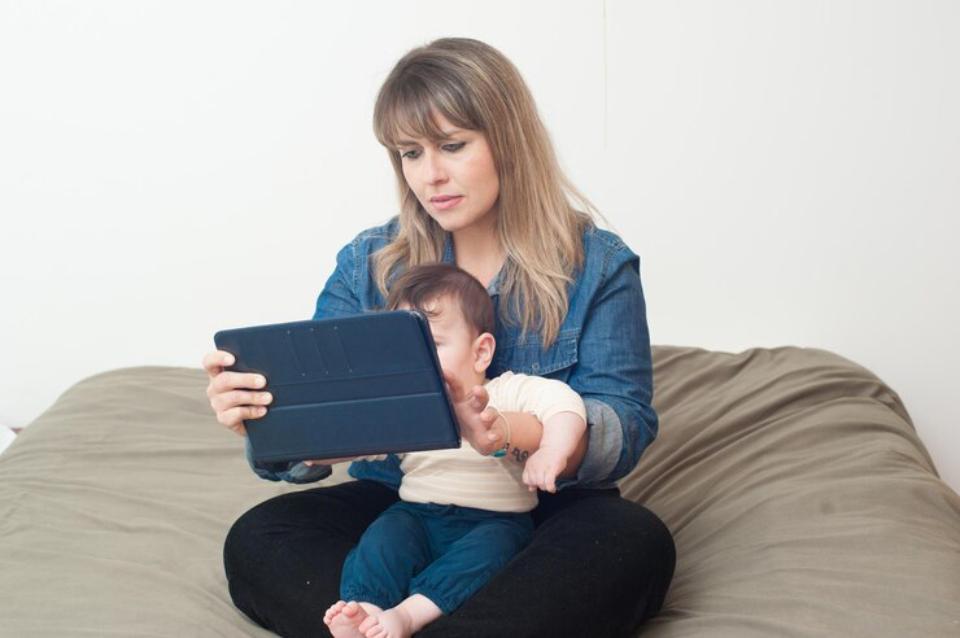
Avoid:
- Weighted blankets (not safe for infants under 12 months)
- Sleep positioners or wedges
- Soft toys or loose items in the cot
Stick to products that align with safe sleep recommendations from trusted bodies like The Lullaby Trust or NHS.
Poor-Quality White Noise
Not all white noise is created equal. Avoid machines that play loops with jarring starts and stops, or ones with advertising interruptions (often found in free apps).
Evaluating Which Tools Your Baby Needs
Every baby is different. Some respond instantly to white noise. Others are more sensitive to light.
Consider:
- Your baby’s temperament (e.g. easily startled vs easy-going)
- Your living situation (e.g. noisy city vs quiet suburb)
- Your routine and budget
Introduce one change at a time so you can observe what genuinely helps. Keep it simple, and don’t feel pressured to buy everything — the goal is better sleep, not more stuff.
Building a Sleep-Friendly Space That Grows with Your Baby

Sleep aids like blackout curtains and white noise don’t just help your baby — they help you. They reduce stress, increase predictability, and create a comforting sleep zone that becomes familiar and safe.
By gently shaping your baby’s environment with these tools, you support their natural sleep rhythms and make those precious moments of rest more restorative for everyone in your household.
Start small, pay attention to your baby’s cues, and let the sleep space evolve with their needs.
Have your own baby sleep aid success story or a question about your setup? Share it in the comments or subscribe for more practical insights on baby development and parenting.
